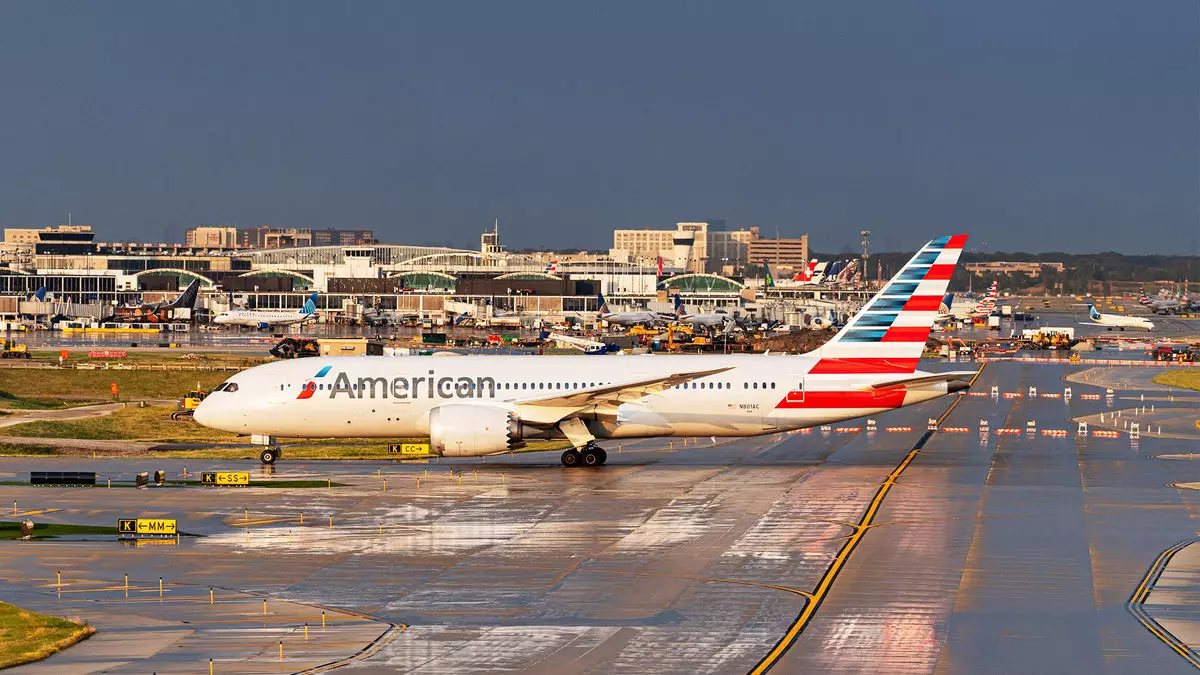American Airlines, a stalwart in the aviation industry, has demonstrated remarkable resilience in navigating the turbulent waters of the modern airline landscape. Once nearly decimated in its market share by aggressive direct booking initiatives, the airline has managed to recover approximately three-quarters of its lost revenue share. This recovery is not a mere coincidence but a testament to the airline’s ability to adapt swiftly and effectively to shifting industry dynamics. The willingness of American to reevaluate and pivot their strategies speaks volumes about their commitment to long-term viability, even amid significant setbacks.
Initially, American’s strategy focused on empowering its digital channels—favoring direct bookings through its website, app, and NDC-enabled systems—at the expense of traditional GDS partnerships. While this move was driven by a desire for greater control, lower distribution costs, and deeper customer engagement, it came with substantial risks. The airline faced an alarming 11% decline in its industry share of indirect sales by the second quarter of 2024, highlighting the dangers of such aggressive tactics. Yet, rather than doubling down on that trajectory, American chose to recalibrate, signaling a pragmatic recognition that sustainable growth requires a balance between innovation and industry norms.
Strategic Reversal and Restoring Partnerships
By late May of the previous year, American Airlines initiated a bold and necessary pivot. The company’s leadership, under the guidance of CEO Robert Isom, made the strategic decision to re-engage with corporate clients and traditional agency partners, laying the groundwork for recovery. This shift included re-staffing their sales divisions with experienced account managers and sales professionals—investments that underscored their renewed focus on relationships rather than merely pushing digital self-service models.
Besides recalibrating sales teams, American restored content to legacy GDSs, acknowledging the importance of maintaining a comprehensive distribution network that remains essential for many corporate clients. These steps reflect the airline’s understanding that while digital innovation is crucial, it must not come at the expense of accessibility and customer confidence. The reintroduction of favored fare content into established booking systems was a calculated move to regain industry trust and improve sales performance from corporate and agency segments.
Enhancing Customer Loyalty and Premium Offerings
The airline’s efforts extend beyond operational tactics and into redefining the customer experience. American has geared its efforts toward revamping its AAdvantage Business program, making it more attractive to small and midsize companies, recognizing the rising importance of this segment for sustained growth. These loyalty program enhancements not only incentivize repeat business but also strengthen the airline’s competitive position against Delta and United, which have long dominated premium and corporate markets.
Simultaneously, American has been investing in elevating its premium products and overall customer service. This focus aims to attract high-value travelers—those who prioritize comfort, exclusivity, and personalized service—especially in segments where American perceives an opportunity to differentiate itself. By improving the quality of its offerings and emphasizing a customer-centric approach, American is positioning itself as a formidable contender for upscale and corporate travelers, a demographic crucial for ensuring profitability and market share stability.
Financial Recovery and Industry Outlook
American’s financial figures for the quarter ending June 2025 reveal a promising turnaround. The airline posted a net income of $599 million, with operating revenues slightly surpassing expectations at $14.4 billion and an operating margin of 5.8%. These results suggest that the strategic shift back toward traditional sales channels and enhanced customer loyalty initiatives are paying dividends. Furthermore, the airline’s optimism about full revenue recovery by year’s end underscores confidence in its evolving business model.
However, American remains cautious, acknowledging that challenges persist. The impact of weak domestic economy ticket prices—caused partly by its higher proportion of domestic flights—has been more pronounced compared to competitors like United and Delta. Despite this, the forecast indicates an uptick in ticket prices from August as capacity reductions and increased demand work in tandem to bolster revenue. This signals a measured optimism grounded in strategic adjustments rather than mere statistical recovery.
American Airlines exemplifies how resilience, strategic agility, and a customer-focused approach can turn setbacks into stepping stones for future growth. Its ongoing effort to balance innovation with tradition, coupled with a willingness to reevaluate and adjust, cements its position as an airline not merely surviving but thriving in a challenging environment.


Leave a Reply